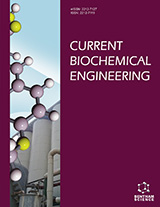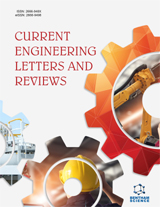Abstract
Toxic and hazardous contaminants generated and accumulated as a result of
industrial activities, improper waste management, and other anthropogenic factors,
have become one of the major environmental threats. Heavy metal contamination, in
particular, has long-lasting negative impacts on different life forms. In plants, it can
disrupt the water and nutrient uptake mechanisms, photosynthesis, and other metabolic
pathways, adversely affect the vital soil microflora, and can also make its way to the
food chain, thereby resulting in the deterioration of human health. Although several
chemical and physical treatment options have been developed, these conventional
methods are expensive and may not be feasible for large-scale remediation.
Bioremediation is therefore considered s a better eco-friendly alternative for solving
this issue and for potentially reducing the toxic metal concentration in polluted
resources. This review, in brief, discusses the scope of bioremediation for contaminated
soil, the various metal-remediating microbes found, the different mechanisms of
bioremediation used, and many more.
Keywords: Bioventing, Bioslurping, Contaminants, Environment, Remediation






















